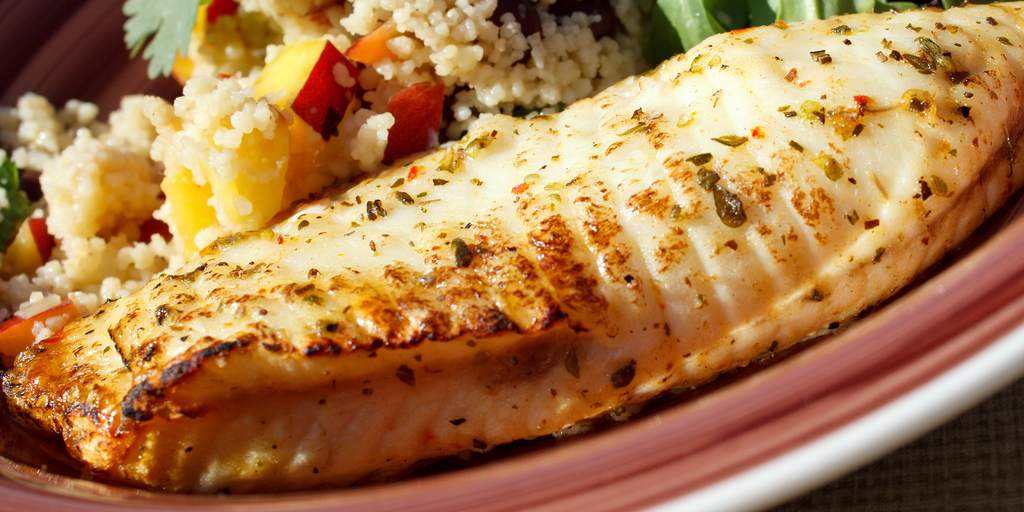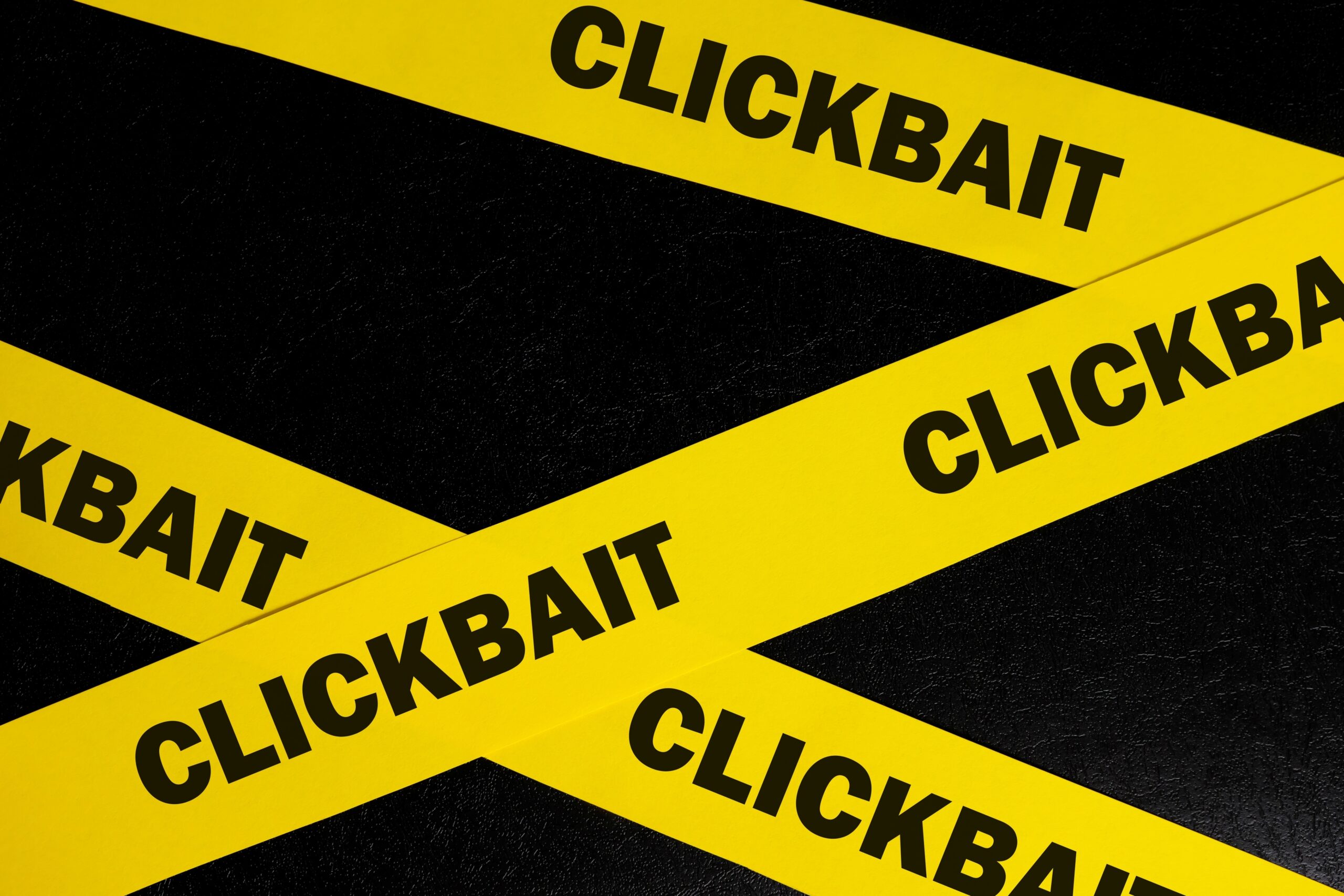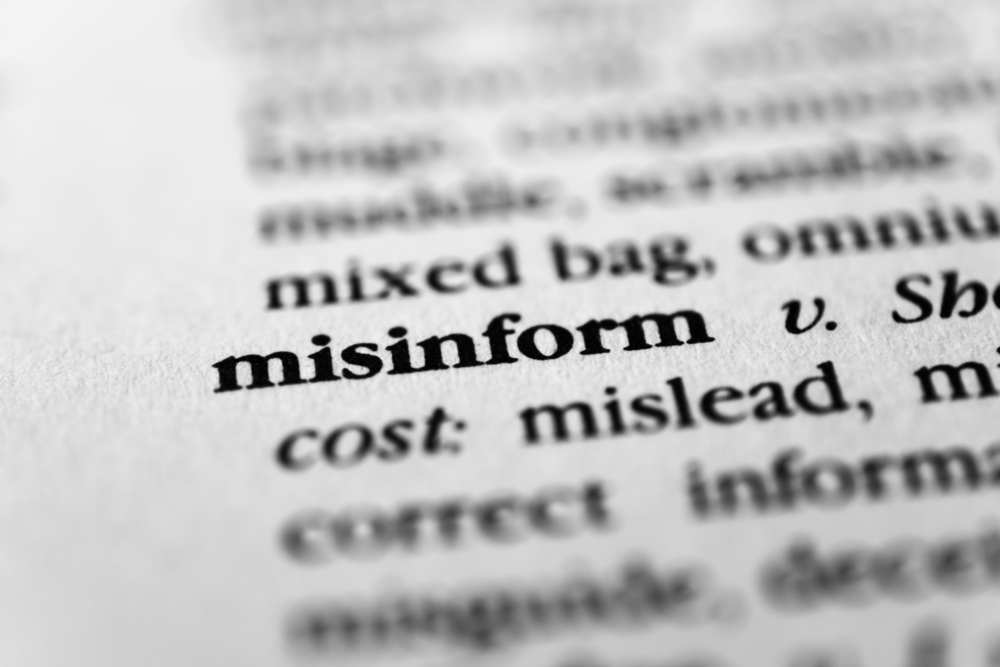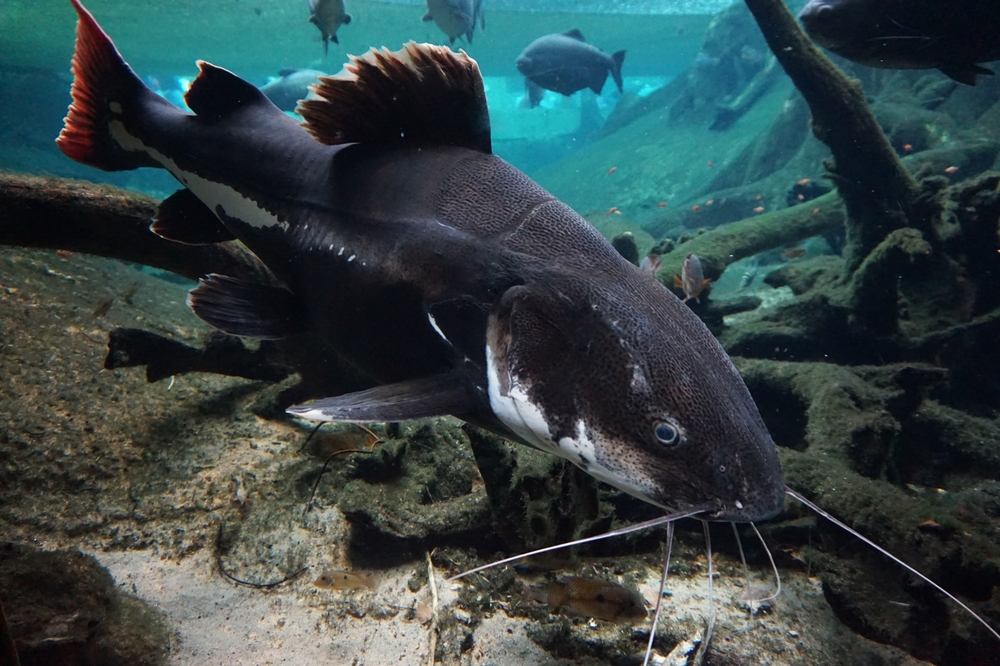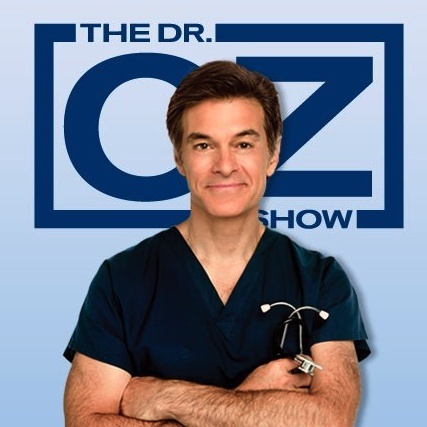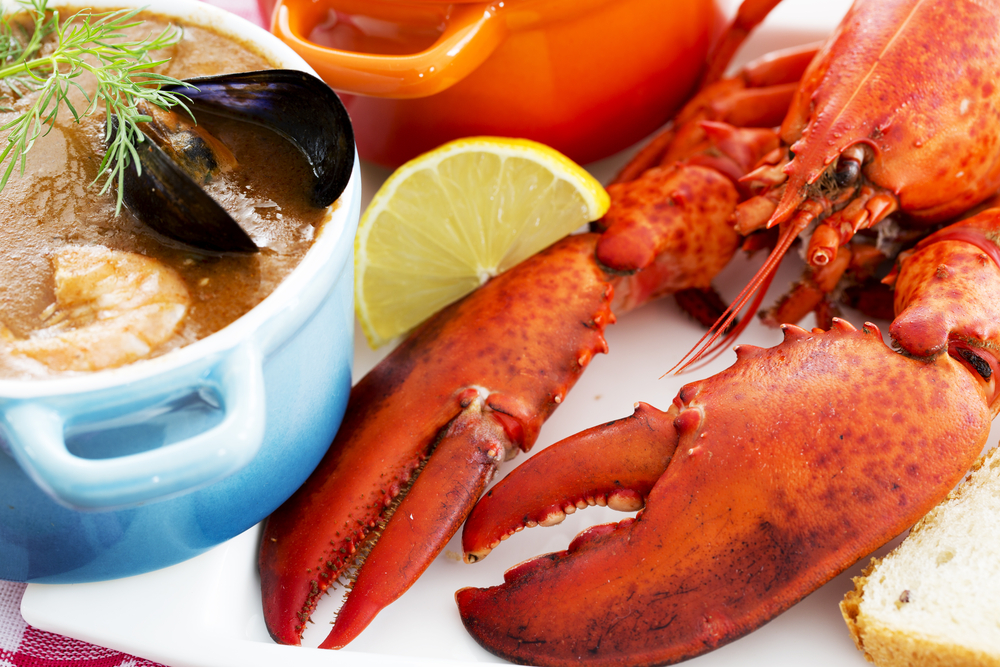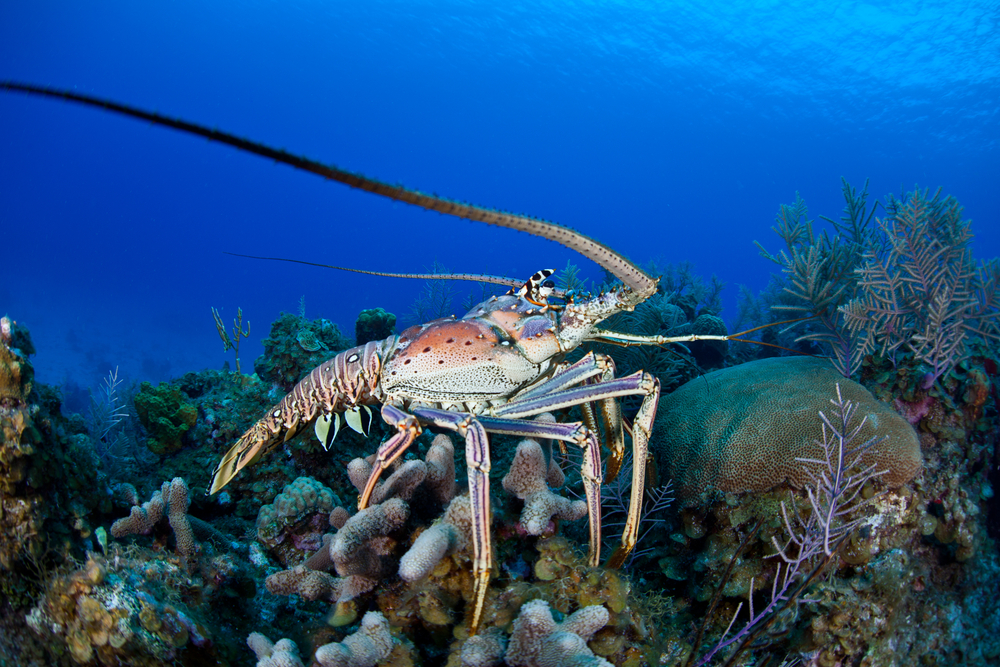All posts by NFI Media
Tilapia: Eat Facts, Not Fiction
Check out the latest on tilapia nutrition from NFI.
We’d love to be a fly-on-the-wall in Eat This, Not That!’s newsroom to understand how an article that perpetuates a tilapia myth discredited almost a decade ago can still make it through the editorial process and onto its online pages.
In the meantime, we’ve reached out to the associate editor voicing our concerns, and hopefully we get some insight.
Dear Ms. Smith,
I’m writing with serious editorial concerns about your online article, “How Tilapia is a More Unhealthy Food than Bacon.” The headline alone is border-line journalistic malpractice, and the article to follow is rife with recommendations that fly in the face nutrition science and government advice.
Comparing tilapia to bacon is dated (nearly decade-old) hyperbole that was debunked and discredited years ago. Your article, referring to a Wake Forest study that started the conversation about omega-3 versus omega-6 fats in tilapia, leaves out the fact that the lead author of the study, Dr. Floyd Chilton, said on-the-record, that his comments about tilapia were taken out of context. “We never intended to paint tilapia as the cause of anything bad.”
In addition, your article forgot to note that an international coalition of more than a dozen doctors spoke out, after seeing the study and confusing reports, to clarify that fish like tilapia are low in total and saturated fat, high in protein and clearly part of a healthy diet. They say that replacing tilapia with bacon, hamburgers or doughnuts is absolutely not recommended.
Reputable mainstream news outlets have dug into the issue of tilapia’s perception challenges and have reported with research, facts and science to back up their findings (a concept Eat This should consider using). The Bend Bulletin found:
- “…it’s overall fat profile is much better than many animal sources of protein which come with much higher amounts of saturated fat. Tilapia contains only a half gram of saturated fat per 3 ounce serving, compared with 1 gram in chicken breast meat or 8 grams in steak.
- “It’s a very nutritious fish.”
Similarly, the Washington Post concluded:
- “The point here is simply that there’s absolutely no reason to trash tilapia.
- “Tilapia, in short, is an environmentally friendly, lean, low-calorie source of protein. We need all of those we can get.”
The suggestion to stay away from all farmed fish further illustrates the ignorance your organization has about seafood consumption. 50% of the fish and seafood products Americans already eat are farmed, including about 90% of the shrimp Americans consume. Funny, your organization has no problem promoting shrimp recipes.
The recommendation to avoid tilapia and other farmed fish also flies in the face of government guidance. The 2015 Dietary Guidelines Advisory Committee (DGAC) found that both wild-caught and farm-raised fish are nutritious, safe and beneficial for optimal health. Furthermore, a USDA report found 80-90% of Americans are not eating enough seafood, and need to eat more.
Your article perpetuates a food myth that was long ago exposed by mainstream media and the health and nutrition community as being hyperbolic and out of context. Your article has the potential of scaring readers away from eating all seafood, which does a huge disservice to their health. We are asking that you remove this article from your website.
I look forward to hearing from you.
Lynsee Fowler
Communications Manager
National Fisheries Institute
Red Thai Curry with Salmon and Vegetables
This is the sort of dinner that will make you look like a real pro in the kitchen, yet no one needs to know how easy it is to prepare. The combination of red curry paste and coconut milk is a magical one. The salmon gently cooks in the sauce, resulting in supremely tender fish that is as pretty to look at as it is tasty to eat.
2 tsp. extra-virgin olive oil
1 medium yellow onion, chopped
1 lb. fresh salmon
1 (13.5 oz.) can lite coconut milk
1/3 cup water
2 Tbsp. red curry paste
1 Tbsp. brown sugar
1 Tbsp. Asian fish sauce
1 large sweet potato (about 8 oz.), scrubbed and cut into ¾-inch pieces
1 medium zucchini, cut into 3/4-inch pieces
Large handful baby spinach
2 cups cooked brown rice
In a Dutch oven or large, heavy pot with a lid, heat olive oil over medium. Add onion and sauté until tender and translucent, about 4 minutes. While onions cook, pull any tiny bones from the salmon (tweezers can be useful for this). Cut into four equal pieces. Set aside.
When onions are tender, add coconut milk, water, curry paste, brown sugar and fish sauce; stir until well-blended and smooth. Add sweet potato; stir and turn heat to high. When the liquid boils, drop heat until it simmers, put on the lid and cook the sweet potato until it is just tender, about 8 minutes.
Nestle the 4 salmon pieces, skin side up into sauce, surrounded by the sweet potato. Return the lid to the pot and simmer for 3 minutes.
Use a spatula to gently turn salmon over. Add zucchini to the pot, nestling it into the sauce. Return lid and simmer until the salmon is completely cooked through (it will be opaque in color and easily pull apart), about 3 minutes more. Scatter spinach over the curry and cover again with the lid until spinach wilts. Serve in shallow bowls over brown rice. Makes 4 servings.
Nutrition per serving: 536 calories, 22 g total fat (5.7 g saturated, 5 g monounsaturated, 3.5 g polyunsaturated), 65 mg cholesterol, 654 mg sodium, 48 g carbohydrate, 4.5 g dietary fiber, 36 g protein
Daily Dose of Distortion?
The Daily Meal currently features a list on it’s website advising pregnant women to avoid 8 specific foods and beverages. The article misleads readers to believe they should avoid fish if they’re pregnant or breastfeeding, which flies in the face of both federal guidelines and the scientific consensus.
In fact, the latest guidance from the Food and Drug Administration (FDA) emphasizes that, “Fish contains important nutrients for developing fetuses, infants who are breastfed, and young children.” The FDA recommends pregnant women eat at least 8 ounces (or 2 meals), and up to 12 ounces (or 3 meals) of seafood per week. This recommendation is a far cry from “avoid.” Just one line from the FDA advice is buried in the last sentence of The Daily Meal’s description about avoiding fish, following comment from the Natural Resource Defense Council, a group of lawyers and policy advocates – not public health or nutrition professionals. Oddly enough, and telling of the editorial oversight that went into this piece, they identify this group as the National Resource Defense Council.
The article specifically recommends avoiding species like bigeye tuna, which is also unfounded. The FDA recommends pregnant and breastfeeding women avoid just four species; shark, king mackerel, tilefish, and swordfish. These four species make up less than 1% of all the fish Americans eat in a given year. FDA’s own calculations, based on a decade-long review of published peer-reviewed science, find pregnant women can eat albacore canned tuna, light canned tuna, and fresh tuna (species like Bigeye), at a surplus of 50 ounces per week before reaching any adverse effects. (Page 111). Currently, pregnant women eat less than 2 ounces of all seafood per week. They are not coming close to consumption levels of tuna that would lead to adverse effects.
The Society of Professional Journalist’s Code of Ethics says to “Provide context. Take special care not to misrepresent or oversimplify in promoting, previewing or summarizing a story.” This article, which in certain browsers leaves out the description for the 8 foods altogether, falsely promotes fish as a food to avoid. Readers who actually do read the short description are only more confused, with advice to “be wary” about fish followed by messaging like “greater risk of learning disabilities” “interfere with infant brain development” ending with “FDA says [these fish] are all safe for pregnant women.” It is almost comically conflicting.
This is a huge disservice to readers. Avoiding other foods on the list, such as alcohol and cookie dough, may not have a negative effect on a growing fetus. But avoiding nutrient-rich fish, with proven unique benefits such as brain and eye development, contributes to a public health crisis that sees pregnant women eating less than 2 ounces of seafood per week, to the detriment of their unborn babies. Other news outlets are urging them to eat more.
There is no question that confusing and misleading articles like this contribute to low seafood consumption. According to a peer-reviewed study, risk-centric “messaging reduces fish consumption…. resulting in an overall reduction in the potential health benefits derived from [omega-3] EPA + DHA.”
We have urged The Daily Meal to remove this article from their site or—at the very least, to amend it by removing fish from the list.
Watch this space to find out if The Daily Meal decides to correct the record when it comes to fish during pregnancy.
Wannabe Dr. Oz Stumbles Into Trade Story
“Dr. Axe,” an aspiring Dr. Oz but one that lacks the actual MD, has now added his voice to an ongoing conversation about swai, a catfish-like species. Which likely leads you to ask… why?
Perhaps his much-promoted work as a chiropractor for Ryan Lochte bolsters his credentials as a trustworthy source of information about many a sundry things.
It’s clear from the article that Axe is totally ignorant that his unsought and uninformed opinion is being used as part of an international trade issue. The info about swai that he regurgitates without questioning clearly comes from a Washington special interest group that wants to erect a trade barrier designed to eliminate foreign imports of swai.
Because Axe – a “doctor of natural medicine” – has no background in food policy/regulation or trade issues for that matter, he completely botches his argument against swai.
For example: his statement that swai is not regulated the same as catfish is totally wrong. All silurforms, including catfish and swai, are regulated by the United States Department of Agriculture, using the same exact standards. That is not an issue that is up for debate in any manner.
It’s embarrassing that someone who would love the public to believe he is a medical doctor has involved himself, unknowingly, in a trade issue that has nothing to do with nutrition, food safety, or natural medicine for that matter.
When choosing a doctor, we suggest sticking to board-certified physicians that are high in credentials and low in special-interest rhetoric.
NY Post article is a seafood scam
The New York Post is known for sensational headlines and attention-grabbing images – and the iconic outlet can be as bombastic as News Corp desires as long as its reporters adhere to basic journalism ethics… like reporting facts. But when the NY Post turns to hyperbolic headlines and reports with demonstrable inaccuracies, it does a disservice to readers and marginalizes the paper.
An article this week called “Everything we love to eat is a scam” contains numerous inaccuracies about seafood that are so ridiculous, the piece seems like a parody.
- The article discusses a lobster bisque from a restaurant that contained a seafood species called “langostino.” The article claims this seafood product is “a non-lobster meat.” Perhaps the NY Post should check the FDA acceptable market name for langostino…which is in fact “langostino lobster.” It’s unclear what evidence the reporter uses in her claim that langostino isn’t a form of lobster meat, but it certainly isn’t information from the federal government or the international food standards community (Codex).
- Discussing sushi, the article alleges that “you’re not getting the sushi you ordered, ever, anywhere.” Really NY Post? That’s not an exaggeration for effect – that’s just wrong. The author goes on to claim, “Your salmon is probably fake and so is your red snapper.” What does that even mean? Whether it’s lazy journalism or designed hyperbole, the broad-brush allegations go without any cited studies or data to back them up.
- Staying on snapper, the article says, “Red snapper, by the way, is almost always fake.” Clearly the reporter has done minimal (if any) research on this subject. If she did, she would have found the FDA’s recent DNA analysis targeting seafood species that are more likely to be substituted – including snapper – at the wholesale level. The results showed that the fish were labeled correctly 85% of the time. Meaning there was a 15% chance a fish was mislabeled. But if you’re a NY Post editor, you don’t flag a 15% chance being akin to “almost always.”
- The suggestion that FDA “is responsible for inspecting just 2 percent of [seafood] imports” illustrates a fundamental lack of knowledge about the seafood community and how it is regulated. Both domestic and international companies providing seafood to Americans have to comply with FDA’s Hazard Analysis and Critical Control Points (HACCP) regulatory system, an internationally recognized risk-based model that seeks to solve challenges along the supply chain at multiple “control points.” Unlike other regulatory programs, there isn’t an “end of the line” inspection, but control points all along the supply chain. The 2% inspection number is in addition to the HACCP plan. This claim by the NY Post about FDA inspections is sorely lacking in perspective.
We can’t say we’re surprised to see a NY Post article rife with rhetoric, but it’s still disappointing to see such blatant falsehoods about the seafood community make it all the way through the editing process. The NY Post cheapens its paper by choosing sensationalism over science.
Wall Street Journal Catfish Editorial: “This should be an easy call”
A Chance for a Catfish Vote
Failing to repeal would set up a WTO showdown that the U.S. could lose.
July 6, 2016 3:52 p.m. ET
Will the U.S. House of Representatives get to vote this summer on repealing the notorious catfish program that has become a byword for Washington waste and protectionism? This should be an easy call, especially after the Senate voted for repeal in May, but a group of Southern lawmakers are pressuring Speaker Paul Ryan to keep the issue off the floor. Even for Congress in an election year, this is an especially fishy case of special-interest pleading.
For 15 years Mississippi Republican Thad Cochran has led Congress in throwing up regulatory barriers against catfish imports, mostly from Vietnam, that compete with catfish farmed in the Mississippi Delta. These efforts culminated in March, when catfish oversight shifted from the Food and Drug Administration (FDA), which regulates all other fish, to the Department of Agriculture (USDA), which regulates meat and poultry. This made no public-health or fiscal sense, but that wasn’t the point.
“No one was concerned about the safety of catfish until Southern catfish interests determined the USDA regulatory system would effectively block its imported competition at the border,” former USDA and FDA food-safety czar David Acheson wrote in Forbes last month. “This restriction is based on regulatory differences between USDA and FDA that don’t make the product safer, just more difficult to import.”
Import restrictions mean higher prices at restaurants and stores for what is now America’s sixth-favorite fish, ahead of cod and crab. Where FDA catfish inspections cost $700,000 a year, taxpayers now have to spend $14 million a year on a USDA program that also cost $20 million to start. No wonder the Government Accountability Office has slammed it 10 times, saying repeal would “save taxpayers millions of dollars annually without affecting the safety of catfish intended for human consumption.”
Vietnam may sue at the World Trade Organization, where it can expect to win. That would empower it and other affected countries, such as China, to retaliate against U.S. exports of soy, meat and other products that unlike catfish are pillars of the U.S. farm economy.
At least 195 House Members, including a majority of Republicans, have written to Mr. Ryan asking for a vote on repeal. But 42 others, mostly Southern Republicans, are pushing back with anecdotal claims about unsafe or uninspected fish. But that’s an argument for routine inspections, not protectionism and bureaucratic legerdemain.
The GOP’s catfish holdouts argue privately that a repeal vote would cause needless party tension in an already tough election year. But a majority of Republicans don’t see it that way, and for good reason. Repealing the catfish boondoggle is basic hygiene for a party that still claims to support free markets, responsible regulation and fiscal restraint.
More of the Same from The Dr. Oz Show
To no one’s surprise, Dr. Oz chooses hyperbole and fear-mongering over sound science in a new segment about seafood on his daytime talk show. Dr. Oz and a guy we can loosely describe as a field reporter, Mark Schatzker, who is featured in a previous segment reporting that “[this] taste like lettuce, but just a little bit more like lettuce” together discuss market aspects of both wild and farmed shrimp. Ultimately, their report scares consumers away from shrimp altogether, a real disservice to an audience that is apparently interested in becoming healthier, despite the fact that they’re relying on a doctor probably best known for quackery. Unlike other products Dr. Oz promotes (ahem, green coffee bean extract), shrimp is a low-fat, high protein food that is affordable and accessible to Americans, and Dr. Oz does harm to his audience by leading them away from this healthy product.
There are numerous inaccuracies throughout the various segments and below we highlight just a few.
Dr. Oz claims that wild shrimp has more omega-3 fatty acids than farmed shrimp.
There is no science to back this up. The USDA Nutrient Database (which contains data about omega-3 fatty acid content in seafood) does not differentiate between wild and farmed shrimp. It is well known in the nutrition community that the differences in omega-3s between farm-raised and wild species are negligible, because all fish and shellfish need omega-3s in their diet (whether it be from seaweed, plankton, other fish, or formulated feed) to thrive. The 2015 Dietary Guidelines Advisory Committee (DGAC) Report states, “For commonly consumed fish species in the United States, such as bass, cod, trout, and salmon, farmed-raised seafood has as much or more of the omega-3 fatty acids EPA and DHA as the same species captured in the wild.” In other words, eat a wide variety of seafood. Whether wild-caught or farmed, most species of fish have about the same amount of omega-3s.
Dr. Oz claims less than 4% of shrimp imports are inspected
This demonstrates a fundamental lack of knowledge about the seafood community and how it is regulated. Both domestic and international companies providing shrimp to Americans have to comply with FDA’s Hazard Analysis and Critical Control Points (HACCP) regulatory system, an internationally recognized risk-based model that seeks to solve challenges along the supply chain at multiple “control points.” Unlike other regulatory programs, there isn’t an “end of the line” inspection, but control points all along the supply chain as part of a plan approved by the FDA before a company can sell shrimp to Americans. This is not communicated by Dr. Oz. The success of this food safety system is evident. CDC data shows that out of more than 120,000 foodborne illnesses reported over a five year period, less than 2% were attributable to imported food. And of that number, just 0.12% of the reported illnesses were attributable to seafood. (All seafood, not just shrimp.) Dr. Oz’s broad brush claim about FDA inspections is sorely lacking in perspective.
Aliens who recently landed on earth are the only ones shocked to hear that Dr. Oz continues to produce misinformation by the vat full and then dump it on his unsuspecting audience. Oz’s most recent seafood soliloquy can be filed with so many of his others that range from bizarre to blatantly false.
WSJ Reports on Proposed Lobster Trade Ban in EU
The Wall Street Journal is reporting on a potential ban on imports of live North American lobsters in the European Union. Sweden alleges that a few dozen North American lobsters have been found in European waters over the past decade and have the potential to breed and spread diseases among European lobsters, but the new report highlights continued questions about the merits behind Sweden’s claims and its push for a trade ban.
In the report:
- NFI asks how 32 lobsters found in EU waters over an eight-year period could constitute as an “invasion”
- The Executive Director of the University of Maine’s Lobster Institute addresses the science in Sweden’s risk assessment; stating that the bacterial disease mentioned in the assessment hasn’t been seen for at least 10 years
- A letter from Maine’s Congressional delegation to Secretary of State John Kerry notes that Maine has safely shipped its lobsters globally for decades without incident
- The State Department tells the WSJ that the U.S. government is “working to evaluate the scientific basis of Sweden’s request” and is “in close contact with European colleagues to ensure that legitimate trade is not unjustifiably restricted”
The article ends by noting a Scientific Forum at the European Commission will discuss Sweden’s request in June, and there would be many steps after this meeting before anything would be final.
Read the full Wall Street Journal article here.
A Look at the BSB after 10 Years
A recent article in IntraFish focused on the success of the Better Seafood Board (BSB) in the last 10 years with its work to stamp out economic fraud in the seafood industry. BSB Chair, Jamie Marshall of Trident Seafoods, provided insight about the ongoing work of the organization.
Formed in 2007, the BSB supports the commitment of NFI members to abide by industry principles of economic integrity by not selling seafood that is short in weight or count, has the wrong name, or has been transshipped from one country to another to circumvent duties and tariffs. Marshall highlighted the importance of defining what the fraud really is, because “each issue has distinct challenges.”
The article discussed current efforts of the BSB, which include:
- Providing a 1-800 number for the general public to report suspected fraud
- Working with the National Restaurant Association (NRA) to ensure seafood items are properly labeled on menus
- Ongoing conversations with regulators, like the Food and Drug Administration (FDA)
- Raising the awareness of BSB at industry events, like Seafood Expo North America.
Seafood DNA database grows
A recent article in Smithsonian Insider highlights a scientist’s work on Caribbean conch and lobster using a DNA database.
Nathan Truelove, a postdoctoral fellow in the Marine Conservation Program at the Smithsonian Marine Station in Fort Pierce, Florida, is using genetic sequencing to determine where two species, spiny lobster and queen conch, have been caught in the Caribbean. Because these species can migrate and live in different regions of the Caribbean, DNA samples can be tested to determine where the catch originated.
Truelove and his colleagues have been building a DNA database by obtaining small samples from the two species. Once enough genetic information has been collected, the DNA can be sequenced and analyzed. A conch or lobster can then be traced back to a specific country or an area within a country’s waters based on the DNA markers for local adaptation.
The ability to better identify seafood species continues to be a powerful tool.
The full article is available at http://insider.si.edu/2016/03/marine-scientist-developing-dna-database-to-track-caribbean-conch-and-lobster/.
